A new list has revealed some of the country’s historic gems which are at risk of being demolished.
National architecture charity the Victorian Society has released their annual Top 10 Endangered Buildings list, recognising some of architectural gems which could face the bulldozer.
Among the buildings on the list are a seaside pavilion, two cemetery chapels and a railway warehouse.
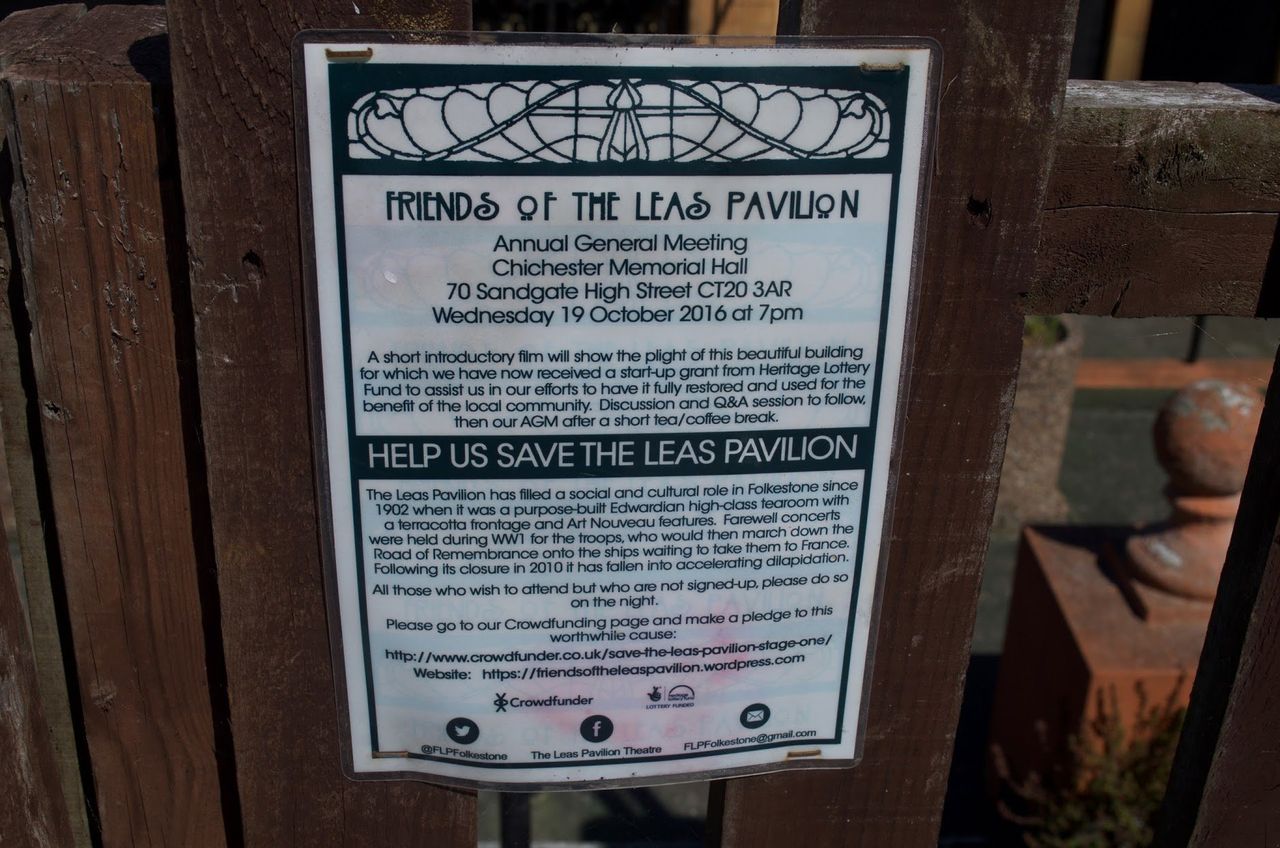
Griff Rhys Jones, Victorian Society Vice President, said: “The Victorian Society’s Top 10 Endangered Buildings campaign is now in its tenth year and over the years we have seen what a difference it can make to the future of Victorian and Edwardian buildings in peril.
“All of the buildings on this year’s list have local, even national, importance in terms of their history and/or architecture. To have let them fall into their current state is deplorable, but there is still time to save them for future generations to enjoy.
“Many of the buildings have committed community groups rallying behind them, but I know from experience that funding can be difficult to secure. We need local authorities and private investors to recognise the potential of these buildings and take steps to secure and revitalise them before it’s too late.”
Feversham Street First School, Bradford, West Yorkshire
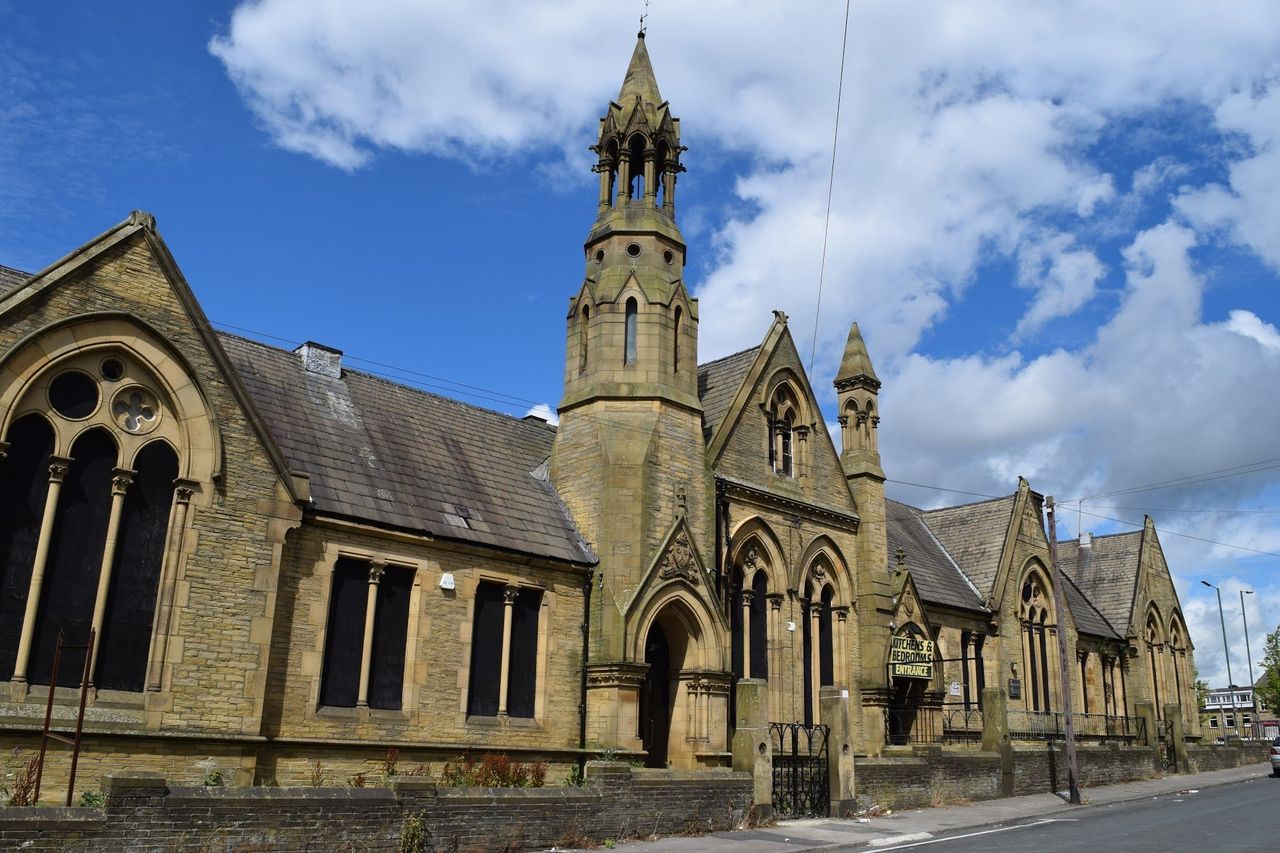
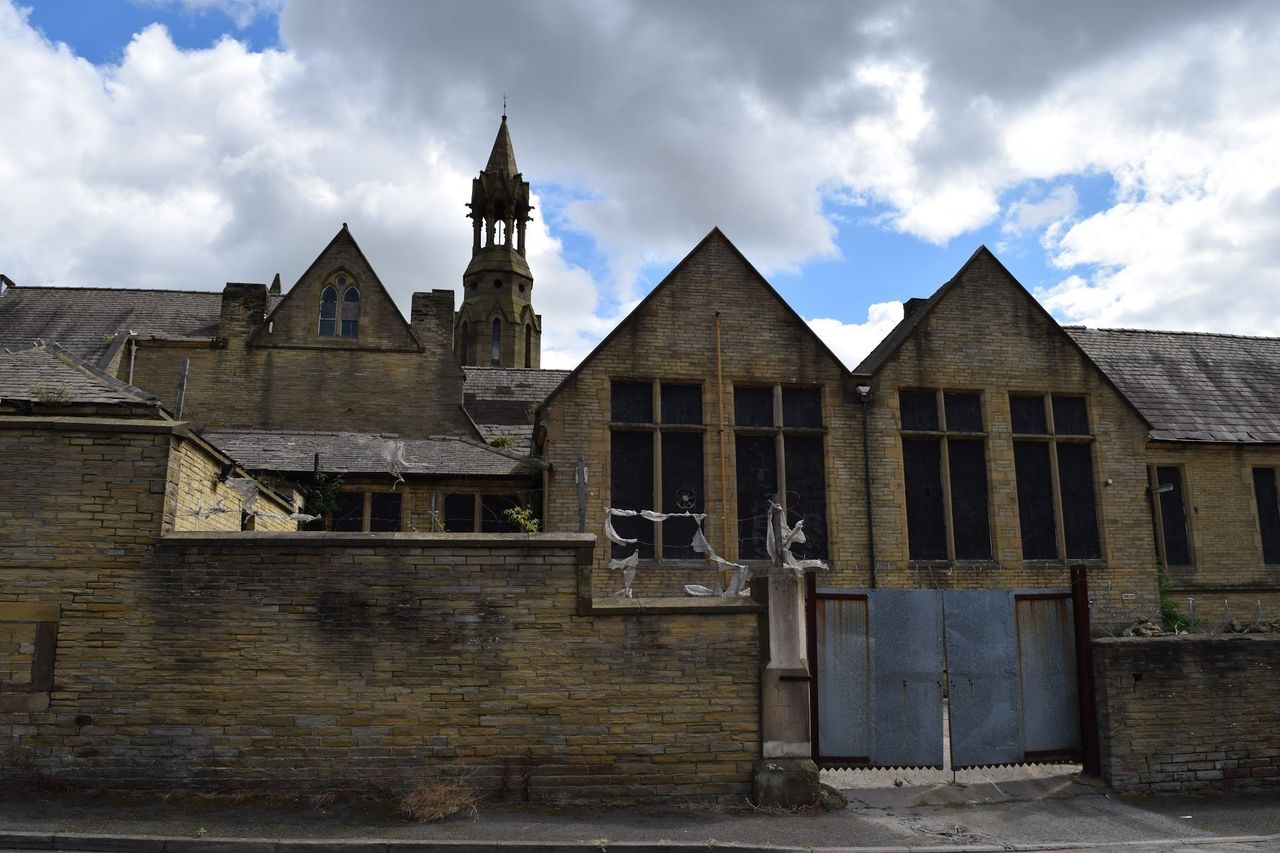
Built in 1870, Feversham Street First School closed its doors in 1993 and now sits sadly locked up. Over the last two decades there have been no substantial planning applications, despite the building’s stunning Gothic Revival architecture.
This is the only building on the list which is Grade II* listened, meaning it is it is judged a particularly important building of more than special interest.
Chance’s Glassworks, Smethwick, West Midlands

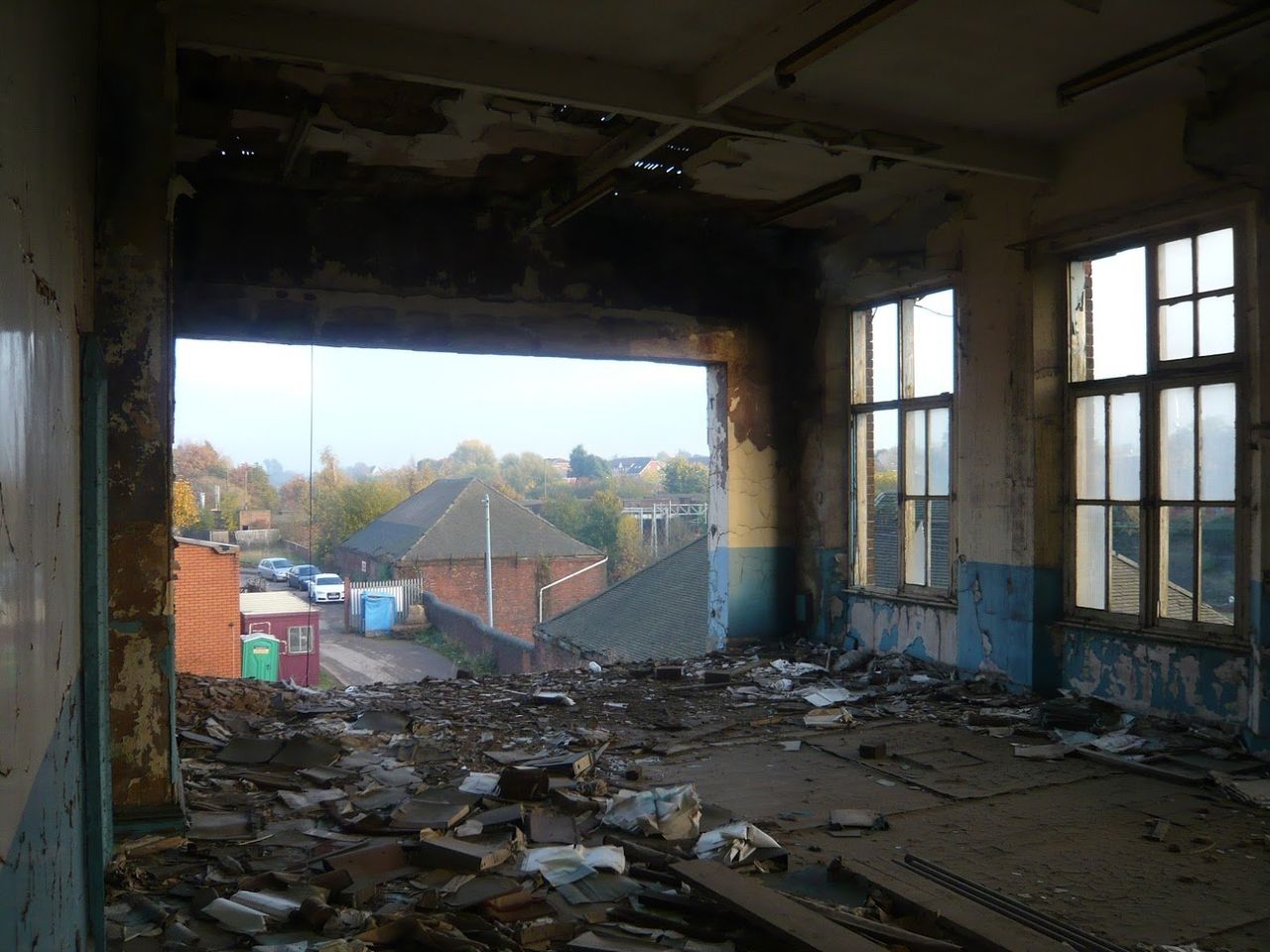
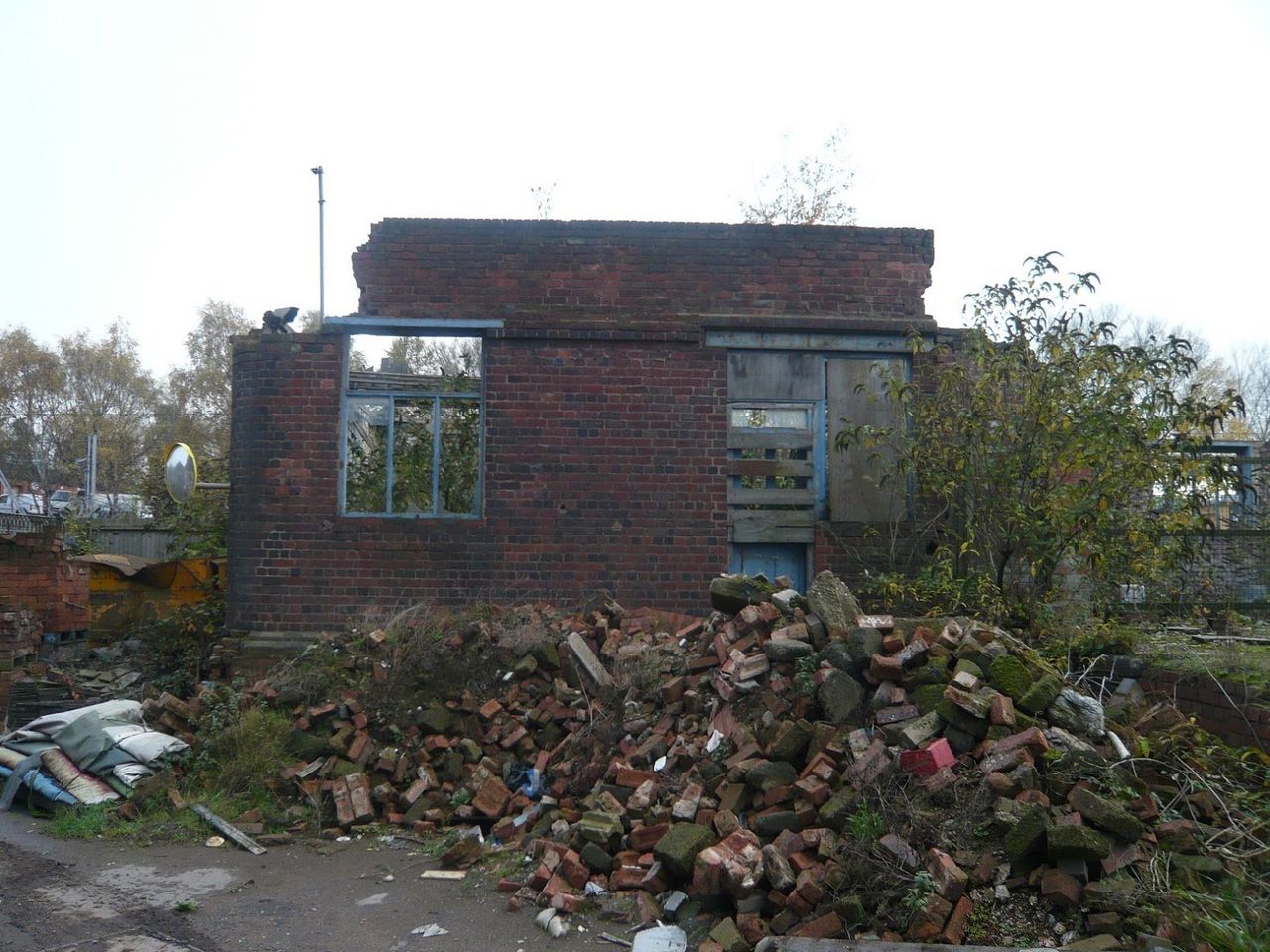
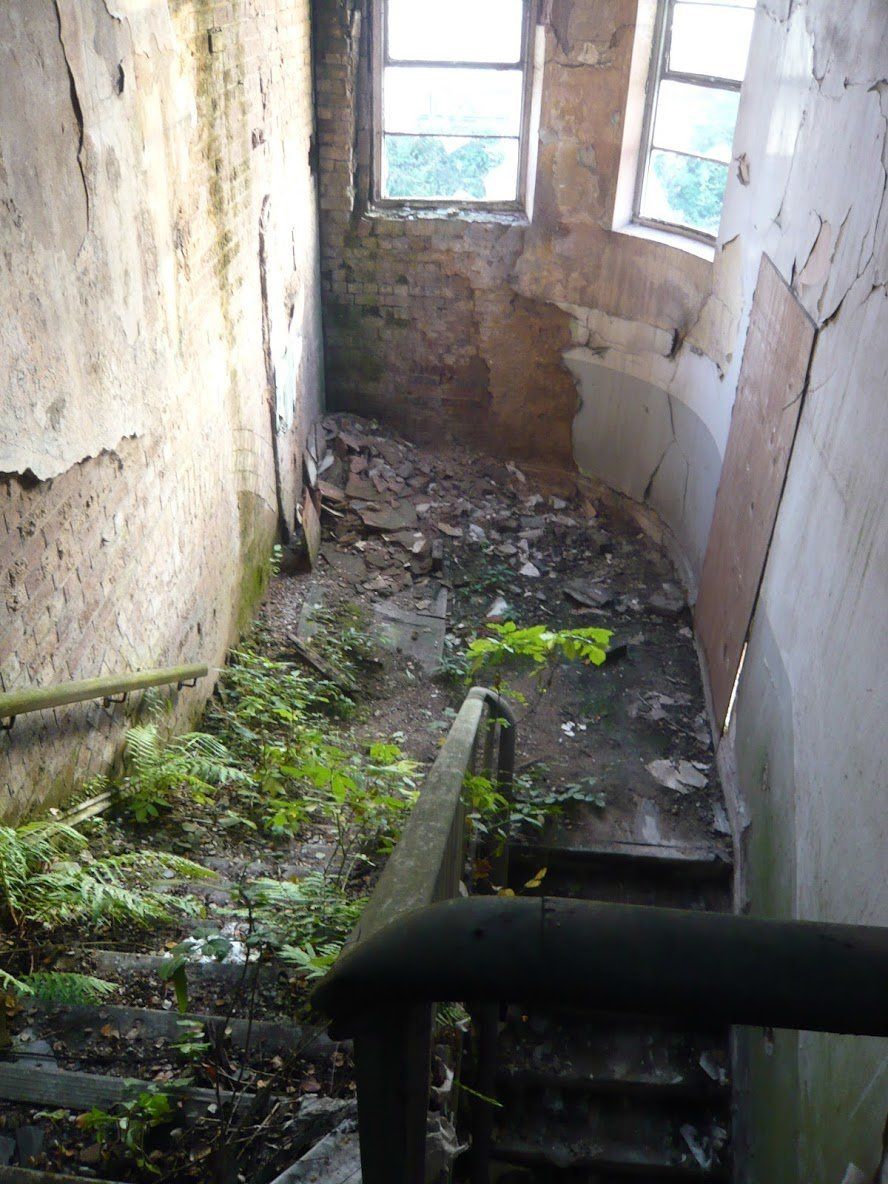
It may look unassuming but according to the Victorian Society, the glassworks, which was built in 1824, is arguably one of the most important industrial sites in the West Midlands.
Big Ben’s clock faces and other glass used around the Houses of Parliament were made here - but the site, which is currently owned by a skip hire company, is fast crumbling.
Buckley’s Brewery Maltings, Llanelli, Wales
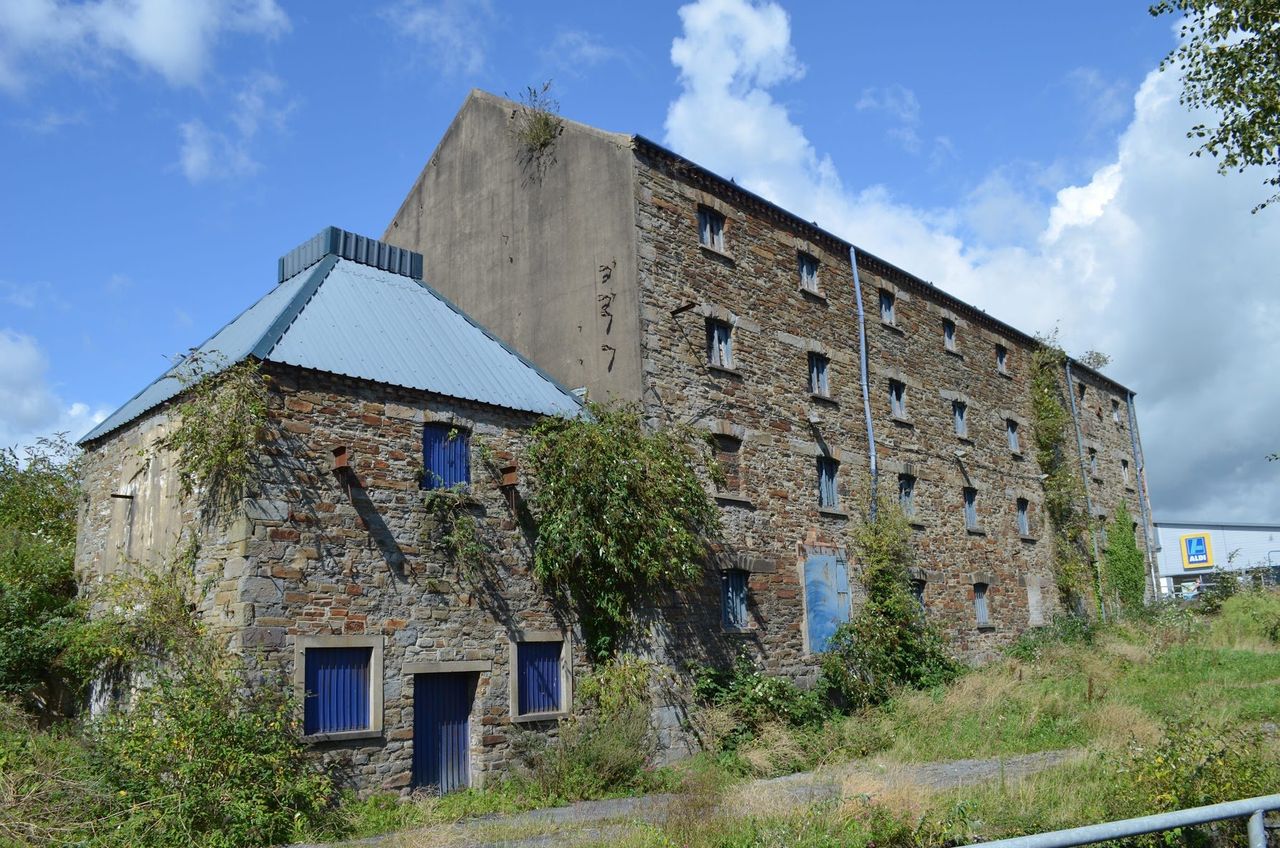
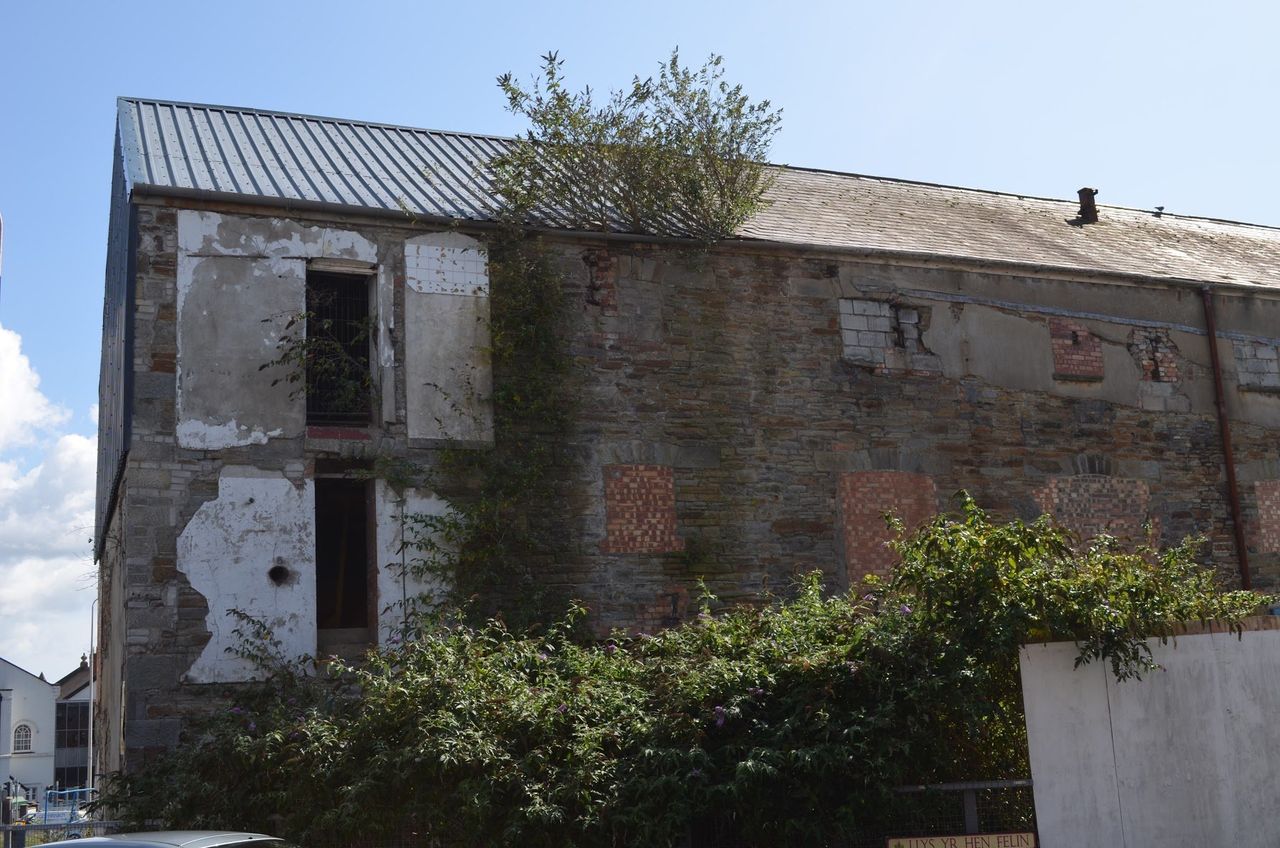
Built in 1852, this was one of the first breweries in the world to produced canned beer.
The operation shut up shop to move to Cardiff in 1998 and has been left to fall into disrepair since.
A planning application to convert the building into residential apartments was approved in 2014 but no progress has been made.
The Leas Pavilion, Folkestone, Kent
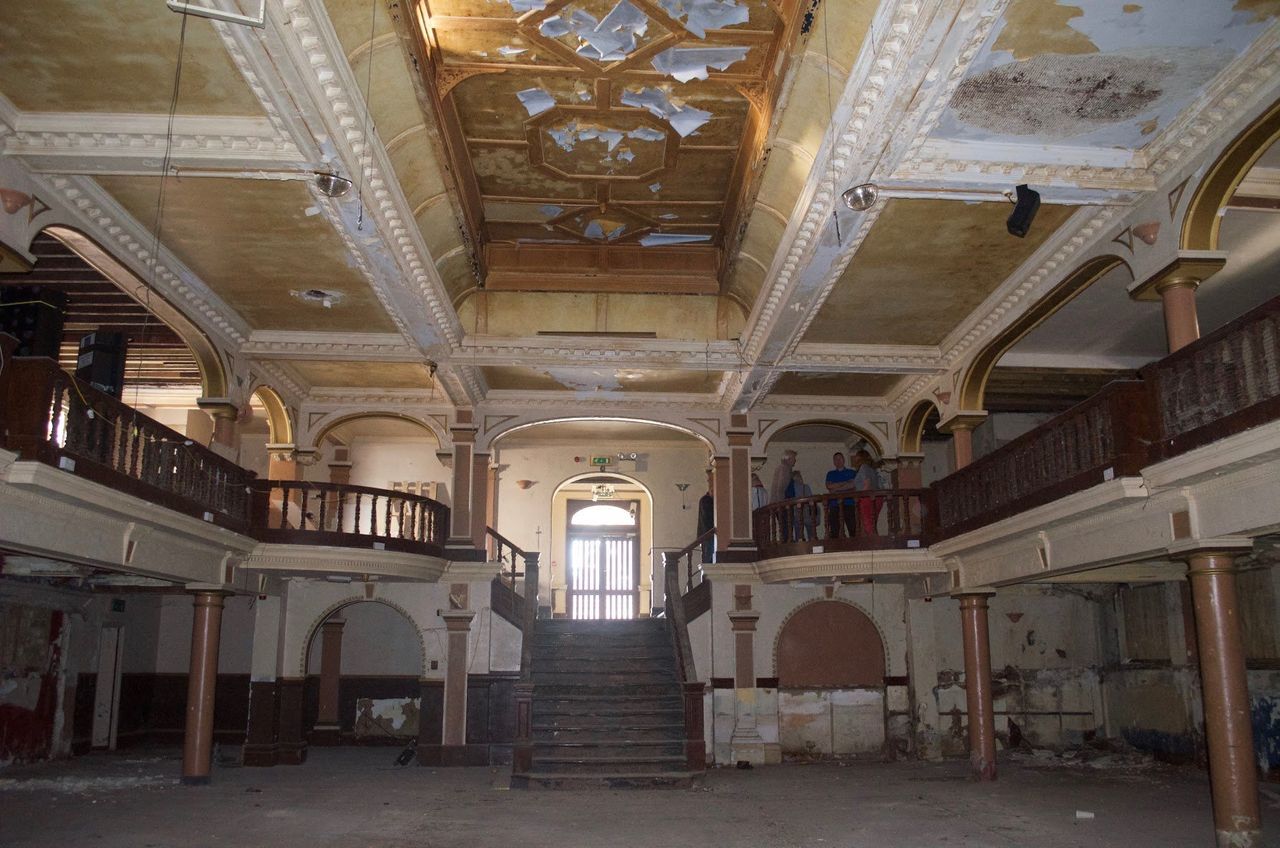

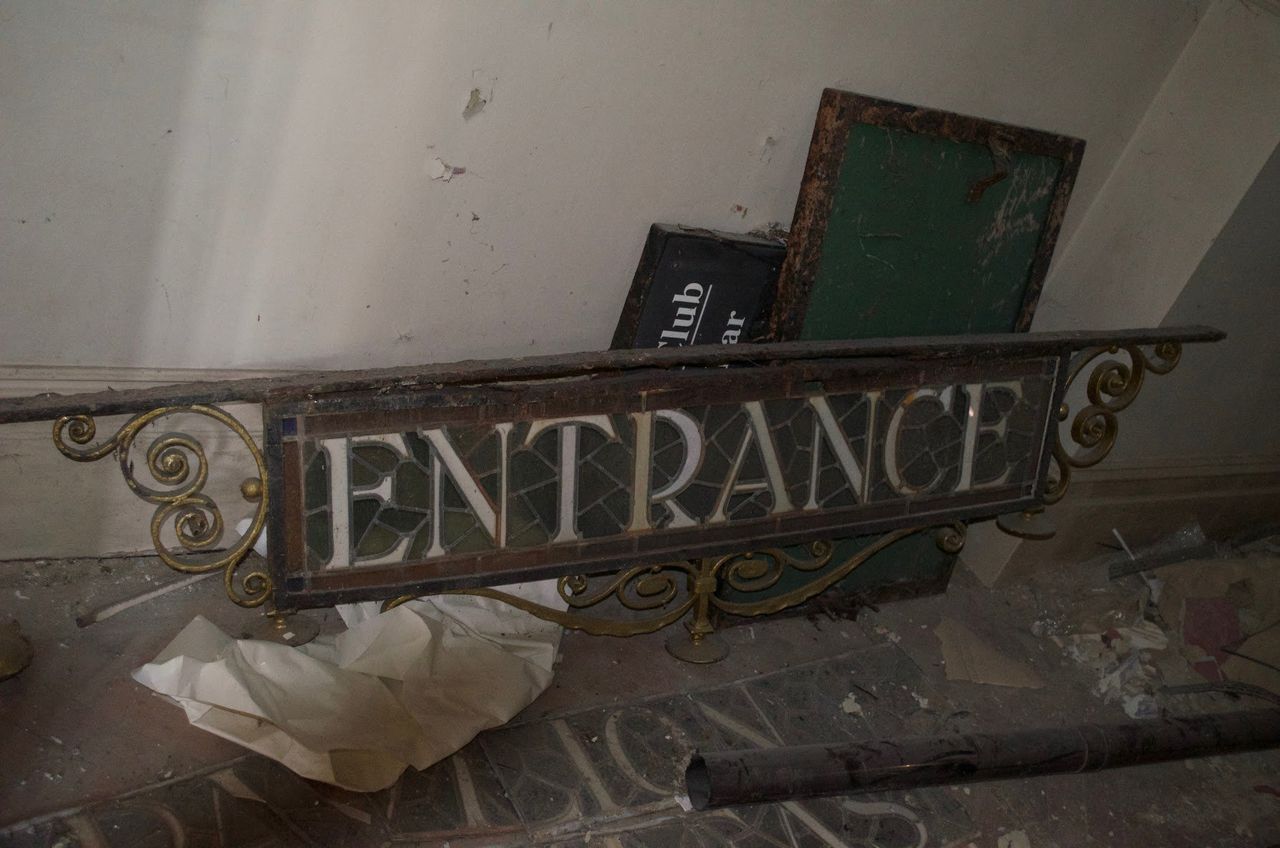
The Grade II listed Leas Pavilion opened in 1902 as a tearoom and has also been used as a theatre and a snooker club.
It was built below ground level so as not to obscure the light for adjacent hotels.
Since closing in 2007, it has remained unused and is beginning to crumble.
Planning permission for an apartment block that would be built over the top of the Pavilion was granted in 2015 but no work has started other than some urgent works for the building’s immediate safety.
Fison’s Fertiliser Factory, Bramford, Suffolk

Fison’s was one of the biggest brands of the Victorian era, but only one warehouse, built in 1858, now remains on this site now.
Since the site closed in 2003, redevelopment plans have been approved but no progression has been made and the building, which still maintains many of its original features, is continuing to deteriorate.
There have been at least three fires in the last two years on the Grade II listed site.
The New Tiger’s Head, Blackheath, London
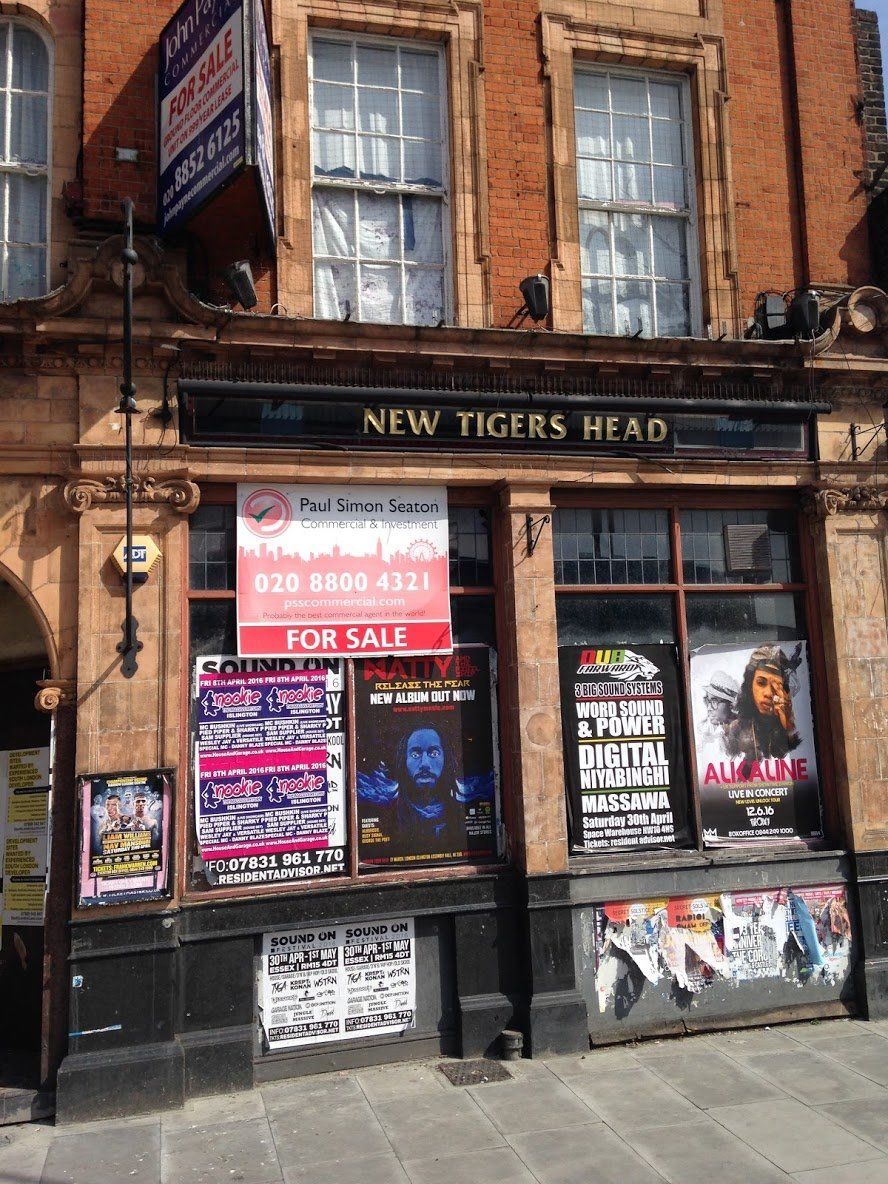
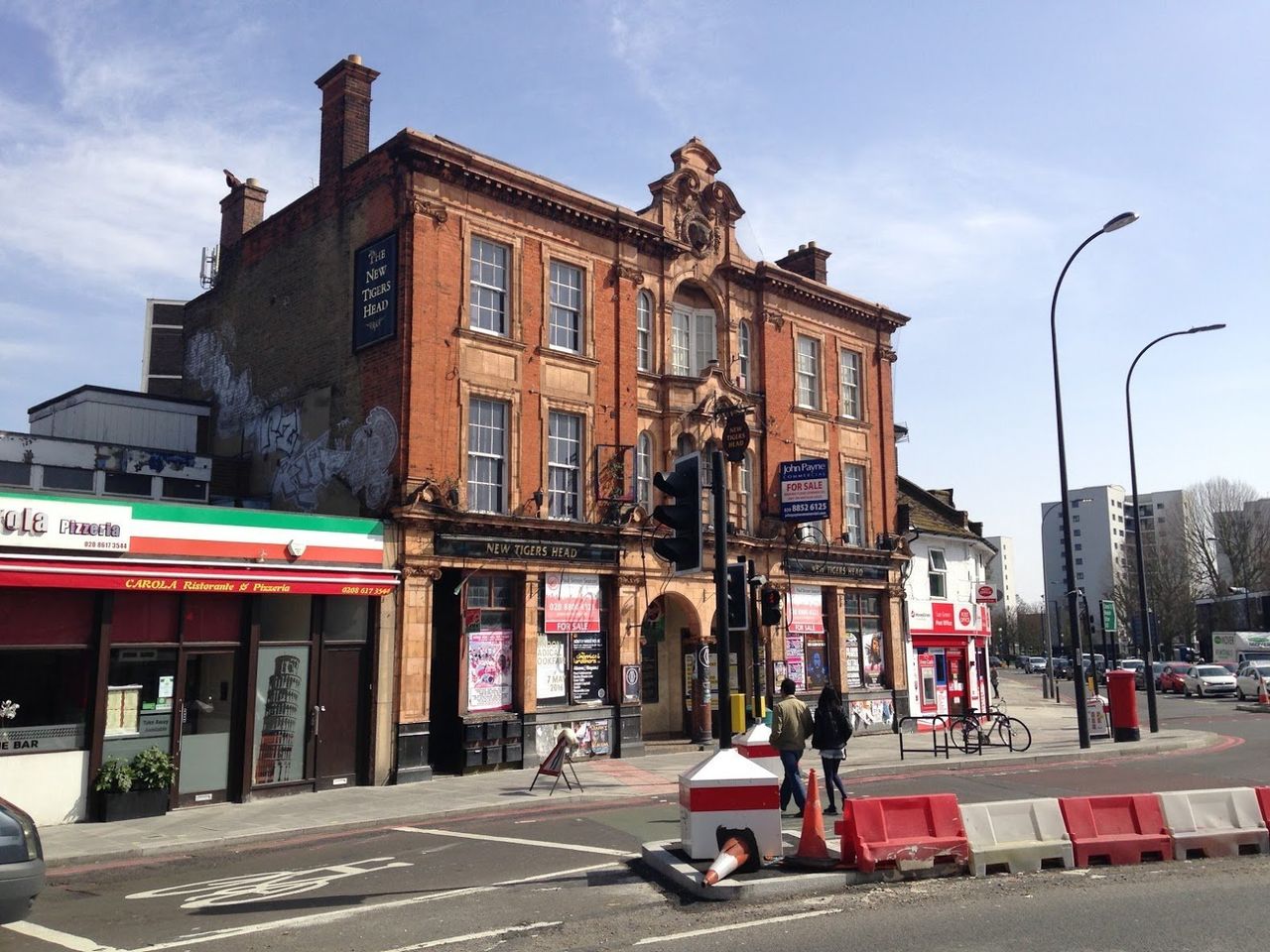
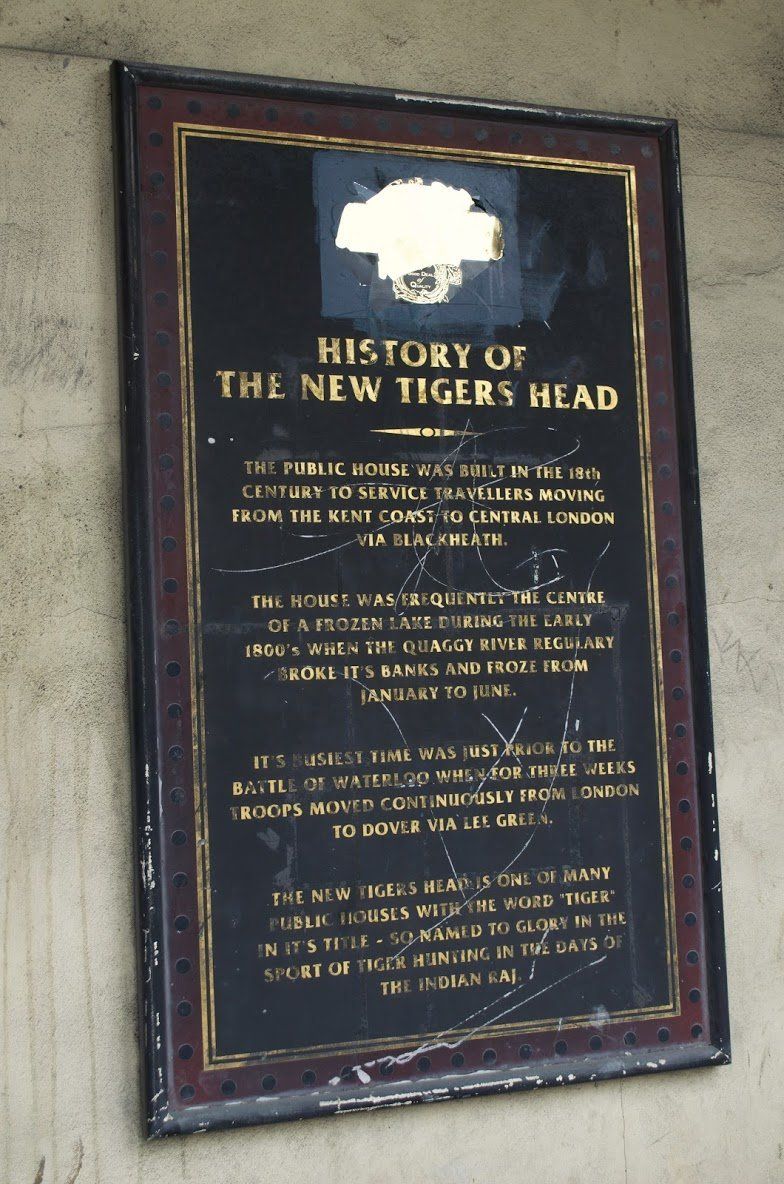
The Old Tiger’s Head, built some time in the 1890s is not listed, despite its history as a travellers’ tavern. People would stop in while on their way from the Kent coast to central London.
The pub actually has a brother, the Old Tiger’s Head across the road, which remains in use as a pub today.
The pub is currently on sale for £2.5 million but is beginning to deteriorate, prompting the council to contact the private owner to request emergency repairs.
Cannington Shaw no.7 Bottle Shop, St Helens, Merseyside


Built in 1886, the Bottle Shop is now all that is left of what claimed to once be the largest bottle factory in England.
While shop is on a small overgrown patch of land, it is actually situated in a Tesco car park.
English Heritage has even highlighted its international importance in the field of glass-making, yet the structure still remains in peril.
The Great Northern Railway Warehouse, Derby
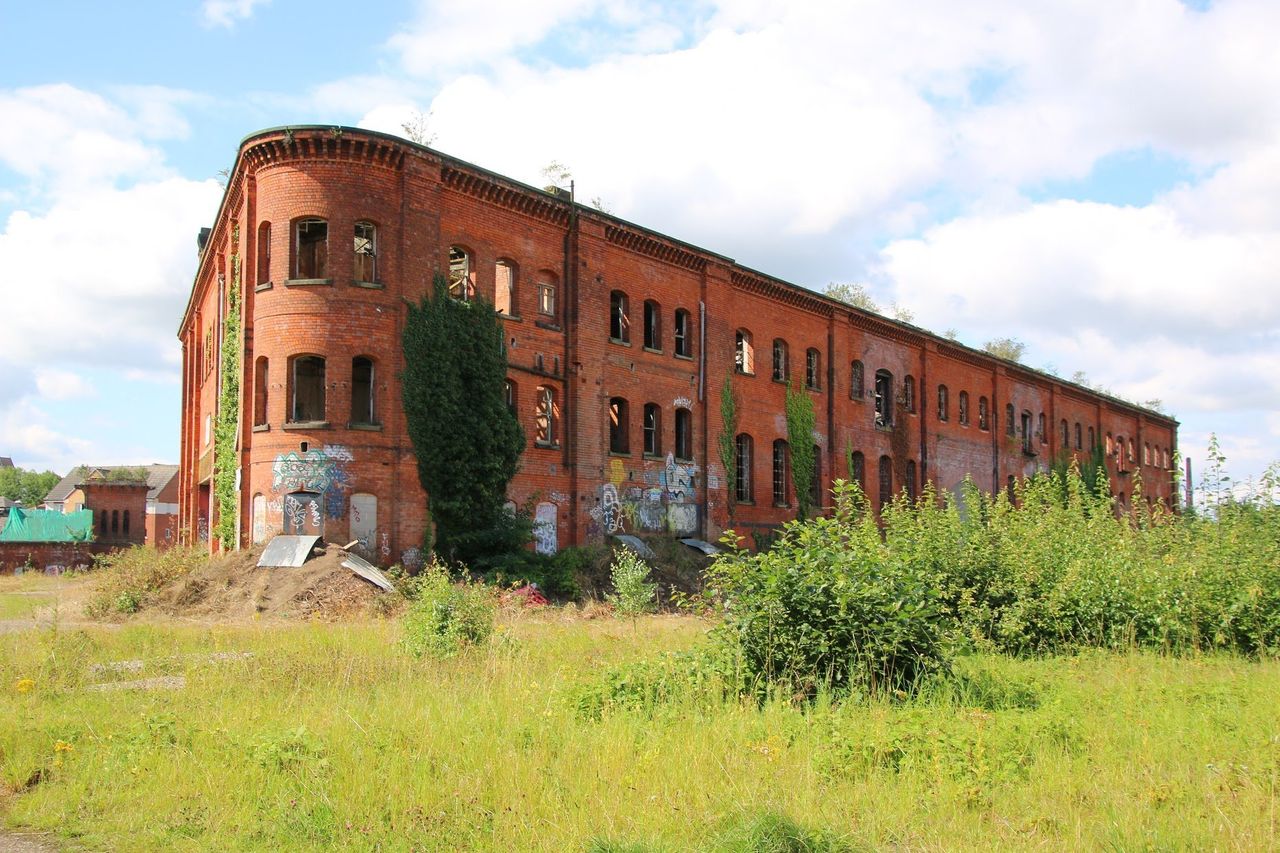
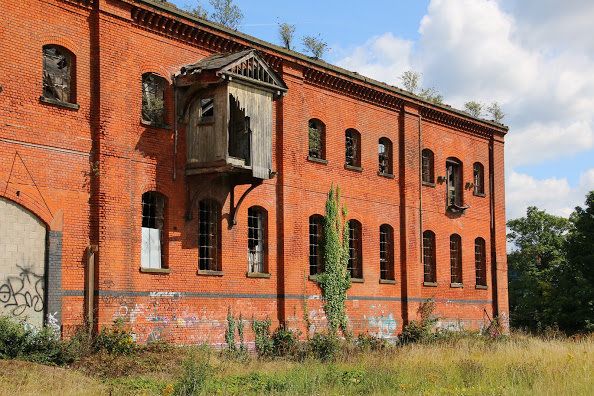
The warehouse was built in 1877 as part of the Great Northern Railway at Friargate Station.
It has remained abandoned for 50 years, sitting just off a roundabout, and is frequently targeted by arson attacks.
Although planning permission was granted in 2011 to turn the site into a shopping centre, the recession meant this never became a reality and the structure has continued to decay.
St Andrew’s Church, Huddersfield
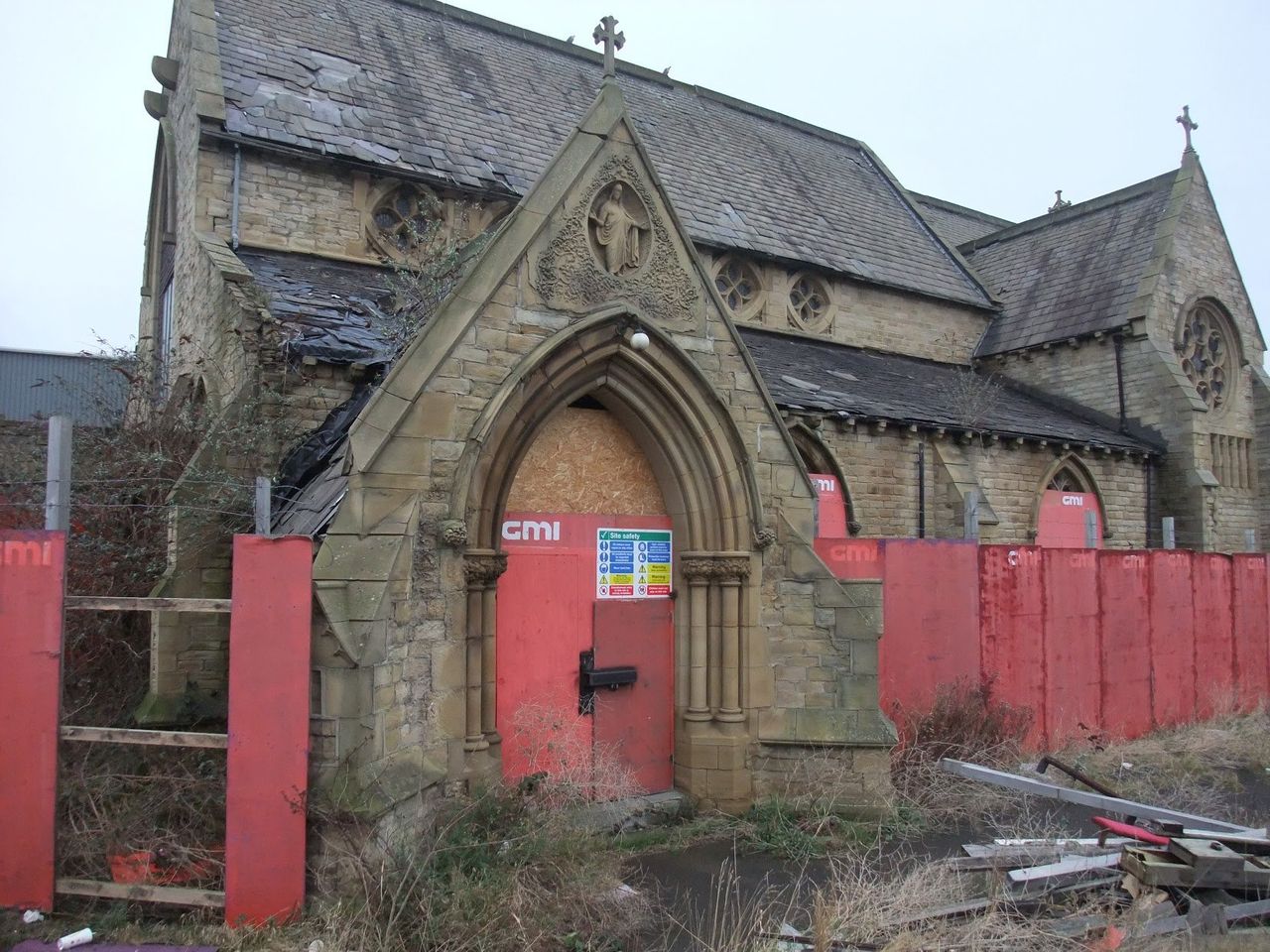
St Andrew’s, built in 1870, is the only church on this year’s list.
The Grade II-listed building has fallen foul of vandals, as well as the ravages of time, and is now surrounded by busy roads and developments.
The church is currently for sale with a view to commercial use.
Chapels at Ince-in-Makerfield, nr Wigan

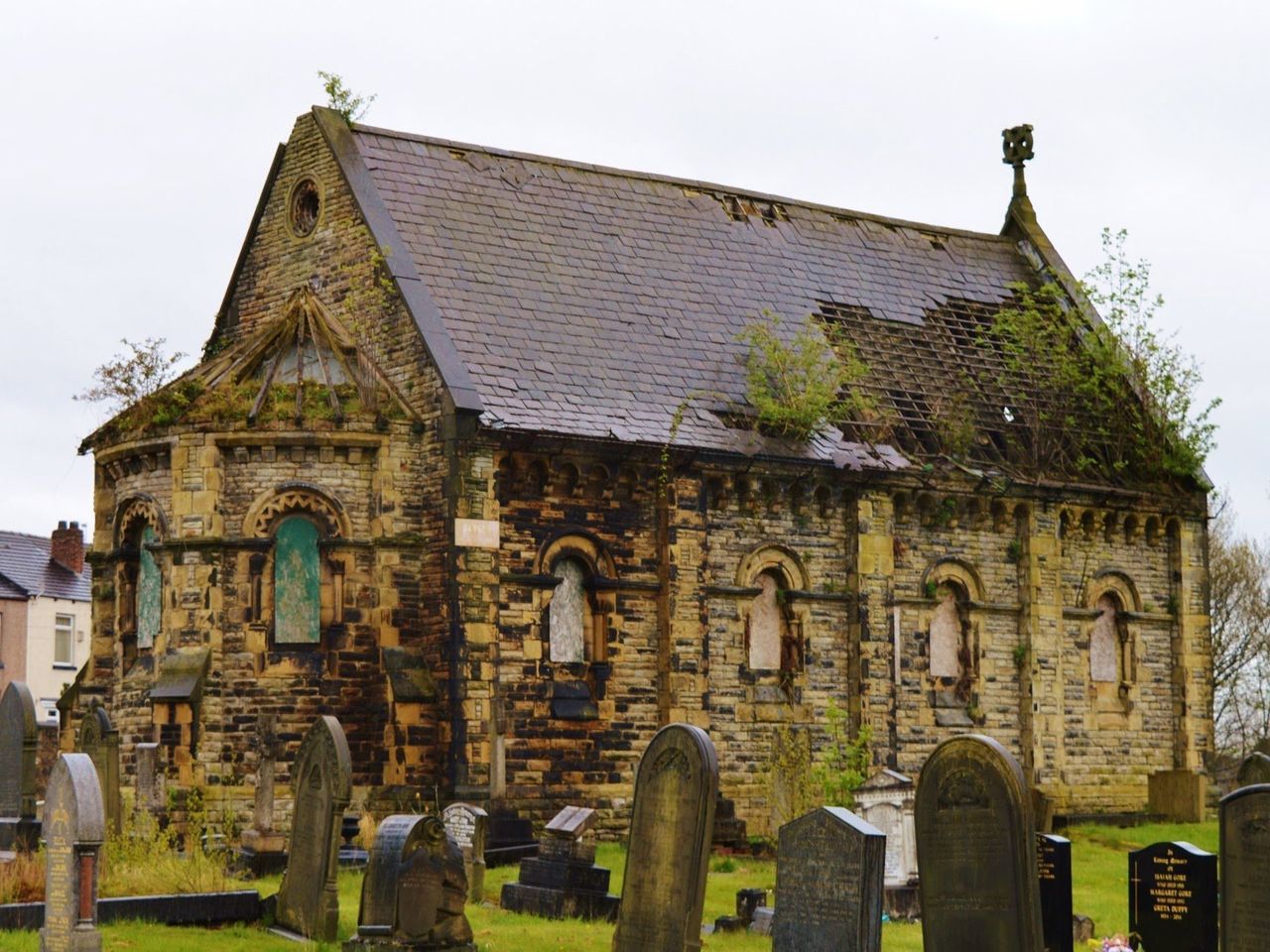
These two chapels were designed by Alfred Waterhouse, architect of the Natural History Museum.
Both were given Grade II listings in the 1980s but sadly were still allowed to fall into disrepair.
The local council is costing some temporary, short-term repair works but more will have to be done to save the beautiful buildings.
Victorian Society Director, Christopher Costelloe, said: “We’re very proud of the continued success of the Top 10 list over the last decade. Out of the 100 buildings that have appeared on the list since 2007, only four have been completely demolished and over a quarter have been saved by being sensitively redeveloped and are now thriving back in the community. Many others are on their way towards salvation with dedicated community groups banding together to raise money and awareness to keep the buildings they love safe from insensitive redevelopment or dereliction.”